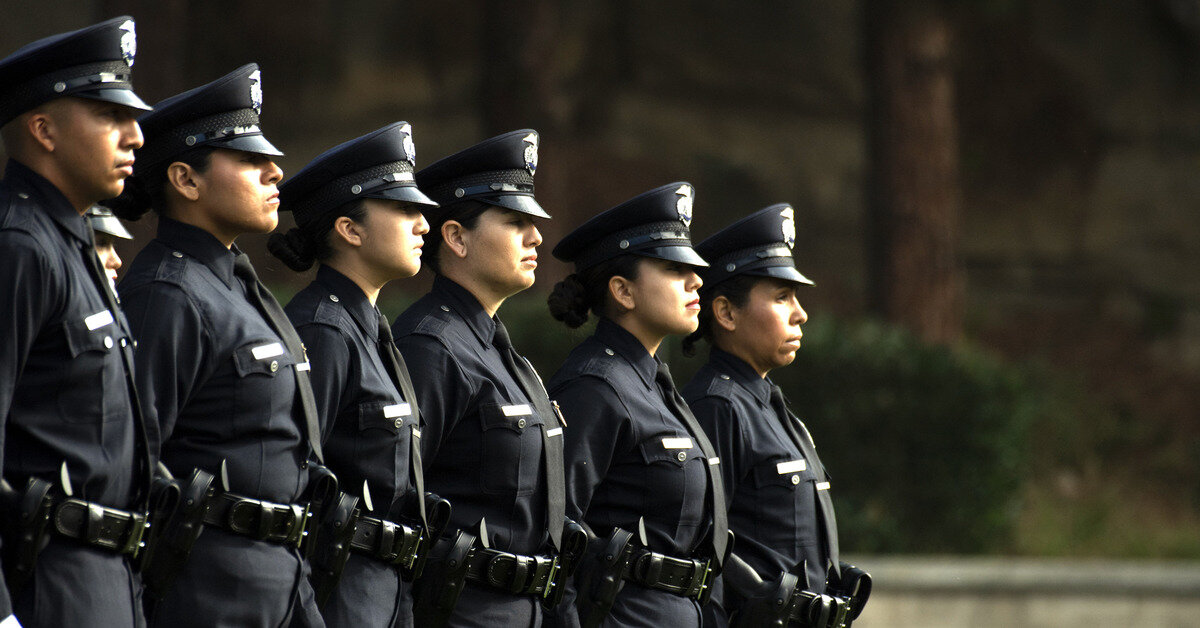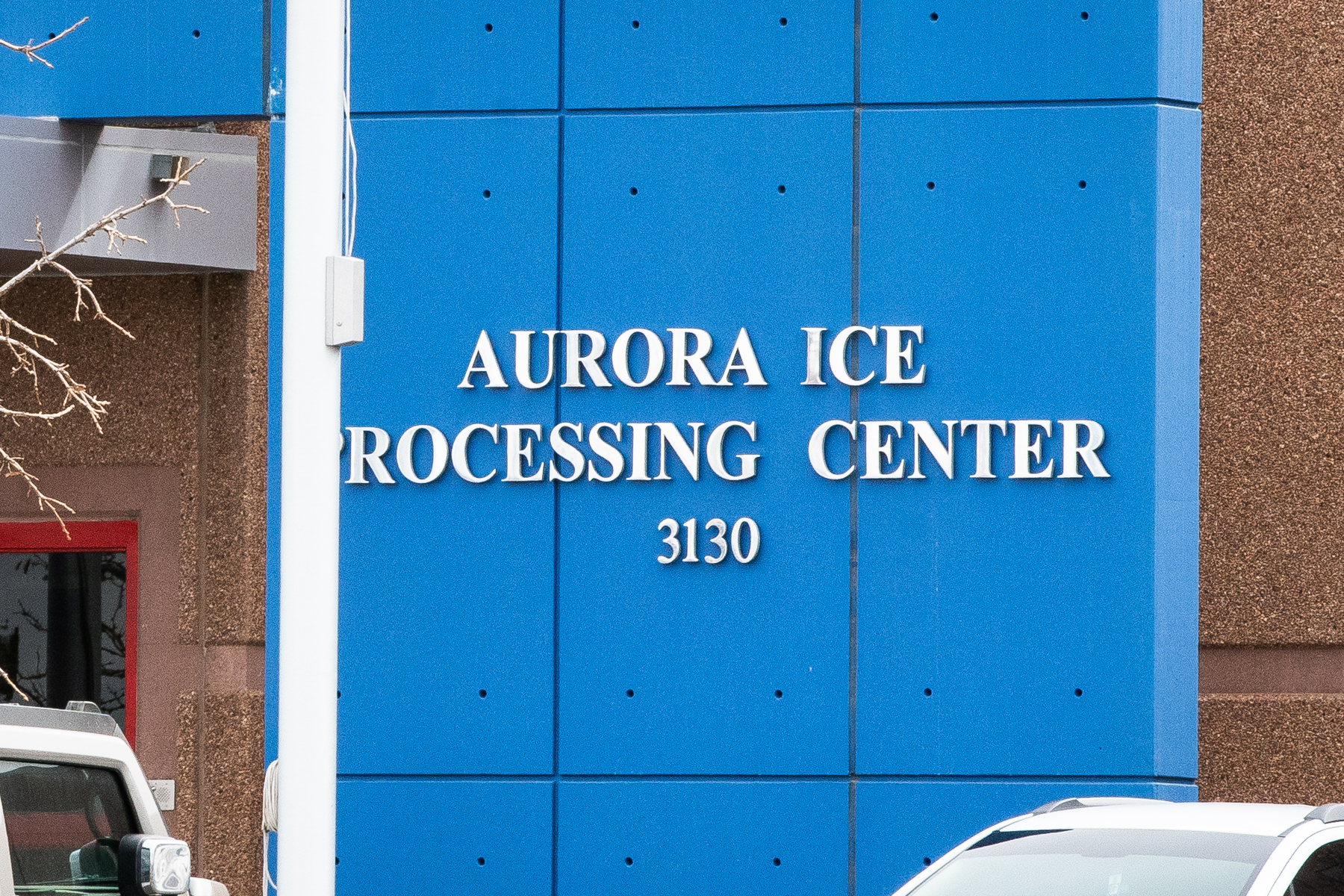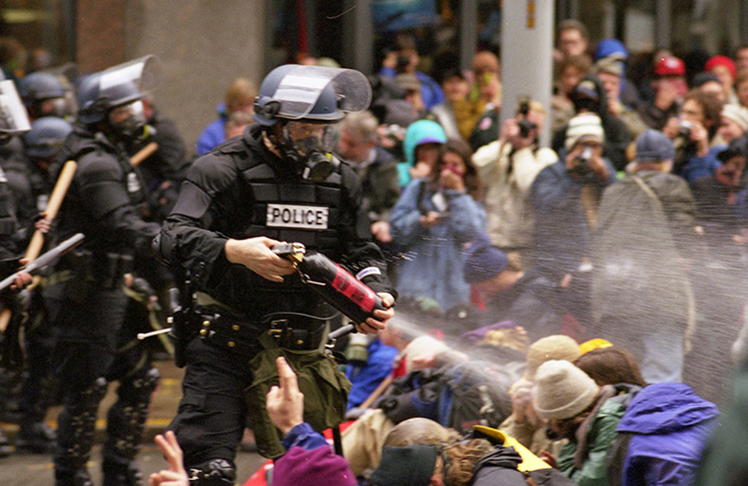
The American public sphere is littered with a long and brutal history of encounters between the police and the people they are supposed to serve. Police abuse has targeted people of every race and class, but members of vulnerable populations and minority groups, particularly young black men, are especially at risk.
This is a well-known fact. Lots and lots of solutions have also been proffered over the years. Prior tragedies have resulted in a string of independent, blue-ribbon commissions—Wickersham (1929), Kerner (1967), Knapp (1970), Overtown (1980), Christopher (1991), Kolts (1991), Mollen (1992), and the President’s Task Force on 21st Century Policing (2014)—to make recommendations for meaningful change that could address police misconduct. These groups have developed well-reasoned conclusions and pointed suggestions that are widely discussed and enthusiastically implemented—but only for a time. As public attention shifts, politics moves on and police-reform efforts wane. The cycle continues unbroken.
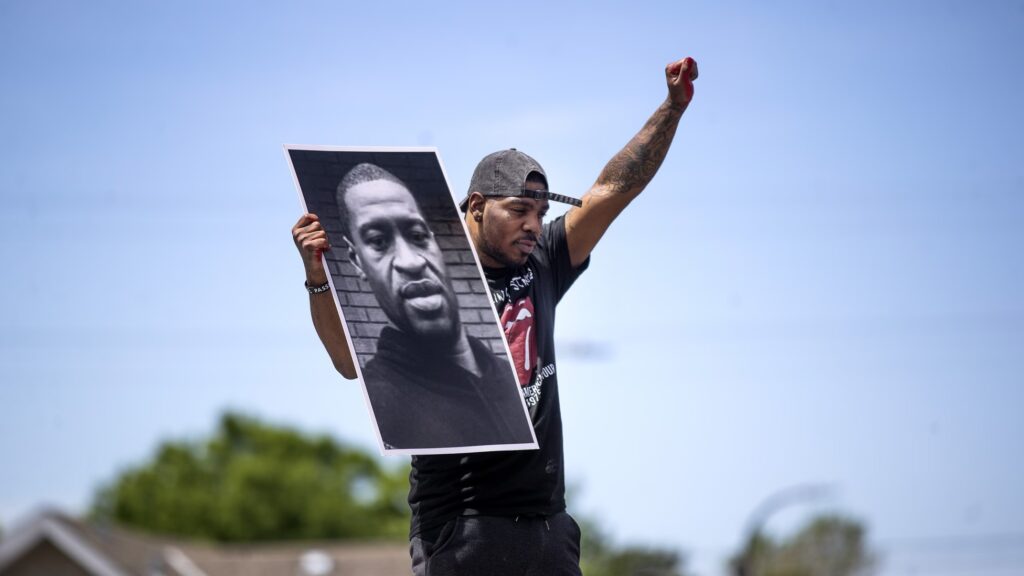
About 850,000 law-enforcement officers are sworn to protect and serve the citizens of the United States. While their primary function is to deter crime, they also regularly act as social workers, conflict mediators, traffic directors, mental-health counselors, medical responders, information-technology experts, and paralegals — sometimes in the span of a single shift. It’s a demanding job by almost any definition. In fact, due largely to job-related stress, law-enforcement officers have a life expectancy 22 years shorter than the average American.
Recent high-profile incidents involving police officers’ use of force — George Floyd’s death in May 2020 being the most prominent — have only compounded the challenges and stressors inherent to the job. Police are now subject to unprecedented levels of public scrutiny through an explosive mixture of smartphone video and social-media fervor. Although most officers will never fire their weapons in the line of duty, tragic incidents and media attention have led to calls for defunding or re-imagining policing. These pleas for reform often come from the most heavily policed communities.
Police in the US, after all, are more likely to shoot and kill someone than their peers around the developed world, and disproportionately the victims tend to be Black Americans or from the minority community. Meanwhile, serious crimes are often unsolved — with almost half of murders in 2020 going uncleared.
To balance these competing demands for public safety and the fair and equal treatment of all citizens, today’s law-enforcement agencies have to find ways to be creative and agile. The history of policing demonstrates that departments will only be able to take on these challenges if they rebuild public trust and promote more cooperation with the communities they serve.
The problem America faces is not figuring out what to do. As an industry, American policing knows how to create systems that prevent, identify, and address abuses of power. It knows how to increase transparency. It knows how to provide police services in a constitutionally lawful and morally upright way. And across the country, most officers are well intentioned, receive good training, and work at agencies that have good policies on the books. But knowledge and good intentions are not nearly sufficient.
The hyper localized nature of policing in the United States is one factor here; the country has more than 18,000 police agencies, the majority of which (more than 15,000) are organized at the city or county level. Reforms tend to target single agencies. But it is not just the Minneapolis Police Department, Denver Police Department or Chicago Police Department that needs reform; it is American policing as a whole.
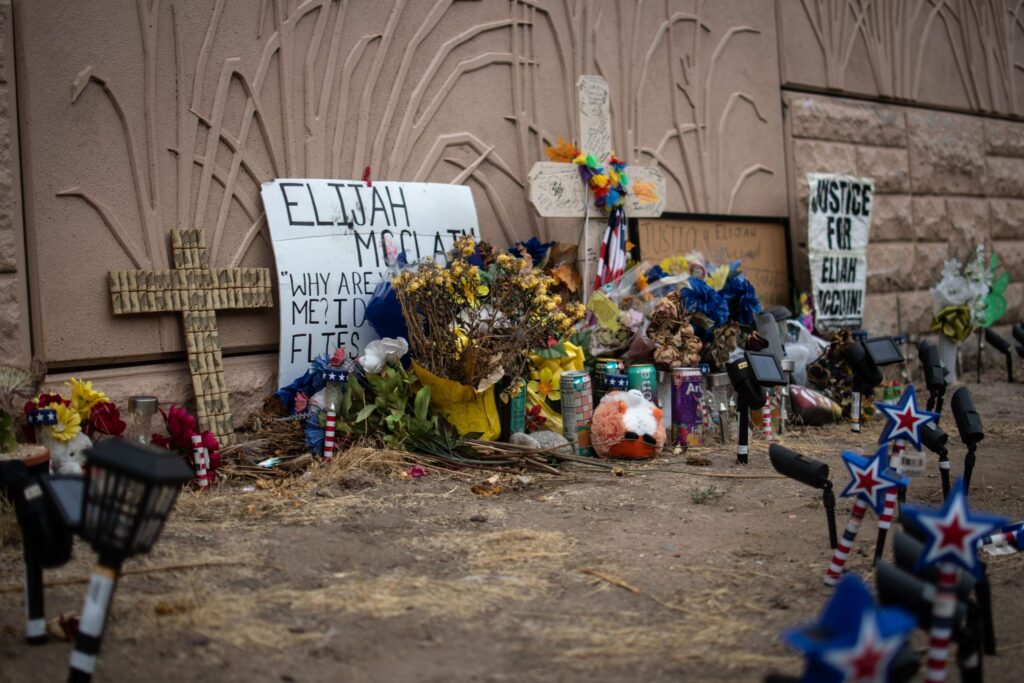
What America desperately needs right now, but have so far lacked, is political will. America needs to do more than throw good reform dollars at bad agencies. Elected officials at all levels—federal, state, and local—need to commit attention and public resources to changing the legal, administrative, and social frameworks that contribute to officer misconduct. As the University of Colorado law professor Ben Levin recently wrote, “Feigned powerlessness by lawmakers is common & frustrating. It reflects political cowardice or actual acquiescence in the violence of policing.” It’s time for that to change.
At the federal level, Congress should first and foremost get rid of qualified immunity. Qualified immunity is a judicial doctrine that protects officers who violate someone’s constitutional rights from civil-rights lawsuits unless the officers’ actions were clearly established as unconstitutional at the time.
As a renowned University of Chicago legal scholar William Baude has persuasively argued, the Supreme Court has provided multiple justifications for qualified immunity—including that it is the modern evolution of a common-law “good faith” defense, and that it ensures that government officials are not exposed to liability without “fair warning” that their actions are wrong—but neither the Court’s historical nor doctrinal justifications can bear the burden of scrutiny. Nevertheless, as the Court has described it, qualified immunity “provides ample protection to all but the plainly incompetent or those who knowingly violate the law.”
Another burning issue as regards policing and general public safety is of course America’s gun problem. The US has the most civilian-owned firearms in the world, with more than one gun in circulation for every person. A bevy of research has linked greater gun ownership to more deadly violence in the US — and, America, relatedly, has the highest murder rate out of the world’s developed countries.
For the police, the huge number of guns in America also means that every single call is treated as if someone involved could be armed — and that an otherwise nonviolent wellness check, mental health call, or traffic stop could turn into a deadly encounter. US law generally allows police to use force because they merely perceive a threat, and the many firearms in civilian hands give police officers a reason to believe they’re in danger.
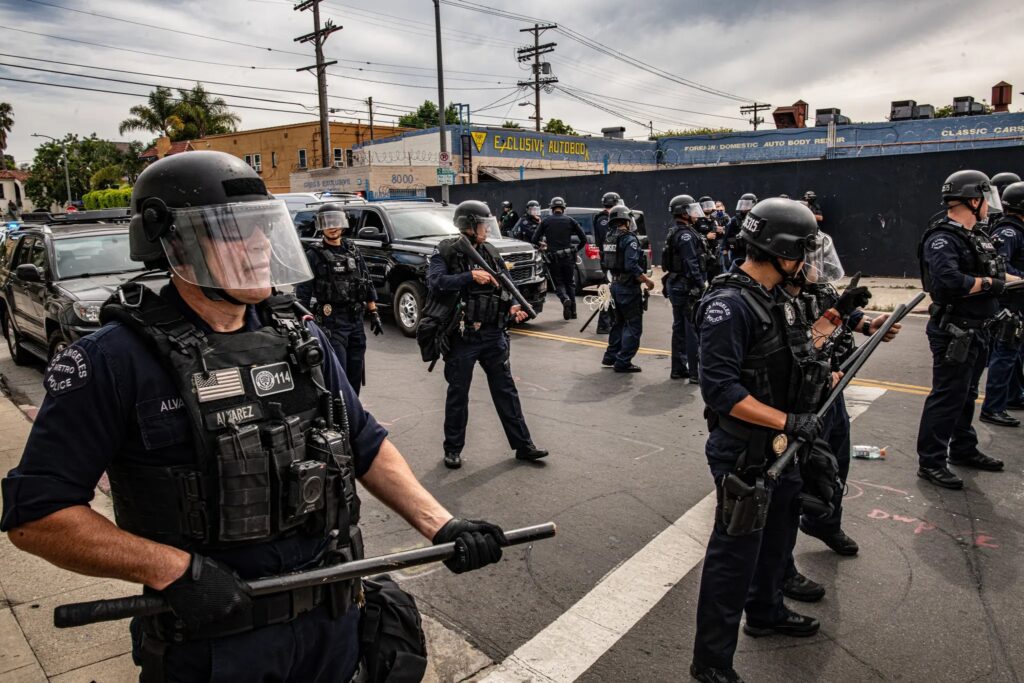
The US has more civilian-owned firearms than any country on Earth. There are about 120 guns for every 100 people, according to 2018 data from the Small Arms Survey. Yemen, in second place, has about 53 guns per 100 people. Canada has about 35 per 100, England, Scotland and Wales — where the police are often unarmed — have nearly five per 100, and Japan has fewer than one per 100.
A long line of research has connected more guns to more gun violence, including police shootings. The issue is not that America has more crime or violence than other developed countries, but that guns make it much easier for an event to escalate from a merely criminal offense to a deadly encounter. For police, this reality makes them more guarded, and, potentially, more likely to shoot unnecessarily.
Of course, other factors play a role in how the police in the US generally behave. Racism, at the individual and systemic level, is a real force throughout much of American society. Racial disparities in all aspects of American life, from health to the economy, can translate to higher crime rates in minority communities, where police are subsequently deployed in greater force. And since the 1970s and ’80s, US policy making has trended toward a “tough on crime” approach that encourages police to act very aggressively.
Law-enforcement agencies have always been tasked with building an effective and professional police force. But they face unique challenges today, from heightened public scrutiny to the expansion of responsibilities, which make this increasingly difficult. Perhaps the most significant problem is burnout: Departments nationwide are experiencing a surge in resignations and retirements. They are also struggling to recruit and retain qualified personnel.
The State legislatures in conjunction with the local authorities, which can often move much faster than the pace of national politics, have roles to play in all this.
To begin with, 36 states have statutes that govern the use of both deadly and non-deadly force, while six states have statutes only for deadly force. More than three-quarters of the 58 total state statutes (some states have more than one) were adopted prior to or during the 1970s, and most have not been recently amended. In the absence of statutes, states regulate police use of force through judicial decisions.
But even where state statutes do exist, the courts that interpret them unfortunately tend to rely on the Fourth Amendment law. This is a problem for two reasons. First, the Fourth Amendment regulates police seizures, but state law is supposed to regulate use of force, and not all uses of force count as seizures.
(Several courts have held, for example, that an officer shooting at someone but instead striking a bystander does not constitute a seizure.) State law is supposed to be broader than the Fourth Amendment, which means that referring to Fourth Amendment doctrines in the interpretation of state law can provide less protection than state lawmakers intended. Second, and perhaps more important, those Fourth Amendment doctrines are a mess; they provide little meaningful guidance that officers in the field can use to determine when and how much force to use, and the guidance they provide to courts reviewing use of force is often flawed.
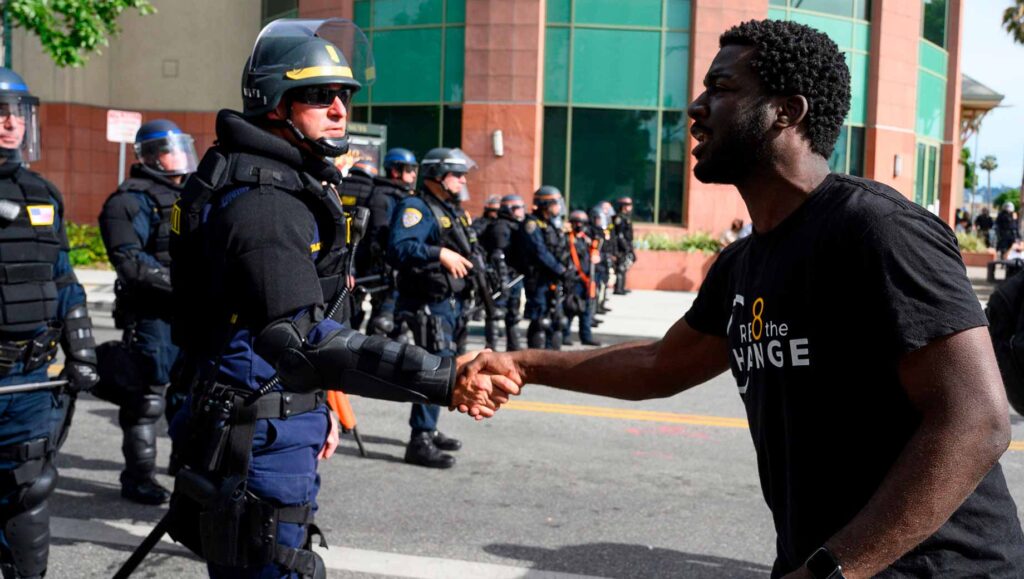
Worse, many of the state statutes and common-law doctrines are contrary to good practices. Some states allow officers to use force to make an arrest if they believe the arrest is lawful, even if it isn’t and their belief is unreasonable. Others are woefully outdated, and still provide a defense to officers who use deadly force to prevent the escape of a fleeing felon. And most states authorize officers to use “reasonably necessary” force, but do not bother to define what reasonable force is or explain how officers should determine that it is necessary. Very few states admonish officers to use appropriate tactics or punish officers for egregious mistakes that contribute to avoidable use of force.
Local agencies, for their part, also have to do their part. Many agencies have accountability systems—so-called early-warning or early-intervention systems—that look great on paper but are neither followed nor audited. Since the 1980s, these systems have had the potential to identify officers before they engage in misconduct and allow supervisors to step in to prevent bad outcomes. Unfortunately, many agencies ignore their own protocols—the early-warning system becomes a meaningless administrative task—or supervisors assume that officers do not need any intervention unless they are flagged by the early-warning system. Neither error is acceptable, and both can be corrected.
The hyper-localization of policing in the United States has resulted in many agencies either creating their own policies and training from scratch, often without the benefit of research or broad experience, or simply purchasing them from private vendors. Agency policies and training should do more to incorporate industry best practices and generally accepted principles.
For example, a study of use-of-force policies at the 50 largest agencies in the country—agencies that have the time, resources, and depth of experience to get it right—shows that they are all over the board. Some merely repeat the constitutional standard laid out by the Supreme Court. Others add little more than an interpretation of constitutional law and an aspirational instruction to safeguard the sanctity of life. But it is entirely possible to adopt policies that touch on tactics and provide meaningful guidance for officers to follow in the field; we know because some agencies have done exactly that. Some have adopted policies that instruct officers to use the least amount of force that can be safely employed, and others have provided specific tactical guidance for officers making traffic stops, effecting arrests, or interacting with people who are mentally ill.
Of course, the best policies and training in the world will not mean a thing if they are not enforced. When the Phoenix Police Department adopted a body-worn camera system, for example, it had a broad mandatory recording policy that required officers to activate their cameras for almost all civilian interactions. A month after deployment, officers were recording only 42.2 percent of the incidents they were supposed to record; a year later, that number fell to 13.2 percent. The agency had the equipment and the policy; what it lacked was adequate supervision. Police reform lives or dies with first-line supervisors, and agencies need to ensure that corporals, sergeants, and lieutenants are doing the jobs they are paid to do.
Police agencies also need to be much more transparent in the aftermath of high-profile incidents. Although certain information, such as body-worn-camera footage, may need to be withheld for a certain period to avoid contaminating crucial witness interviews, there is no legitimate justification for denying public access for months or years. The perception that police agencies are hiding embarrassing or inculpatory information is particularly destructive when agencies have readily shared video of interactions that reflect positively on the agency; nothing destroys public trust faster than a perceived double standard.


